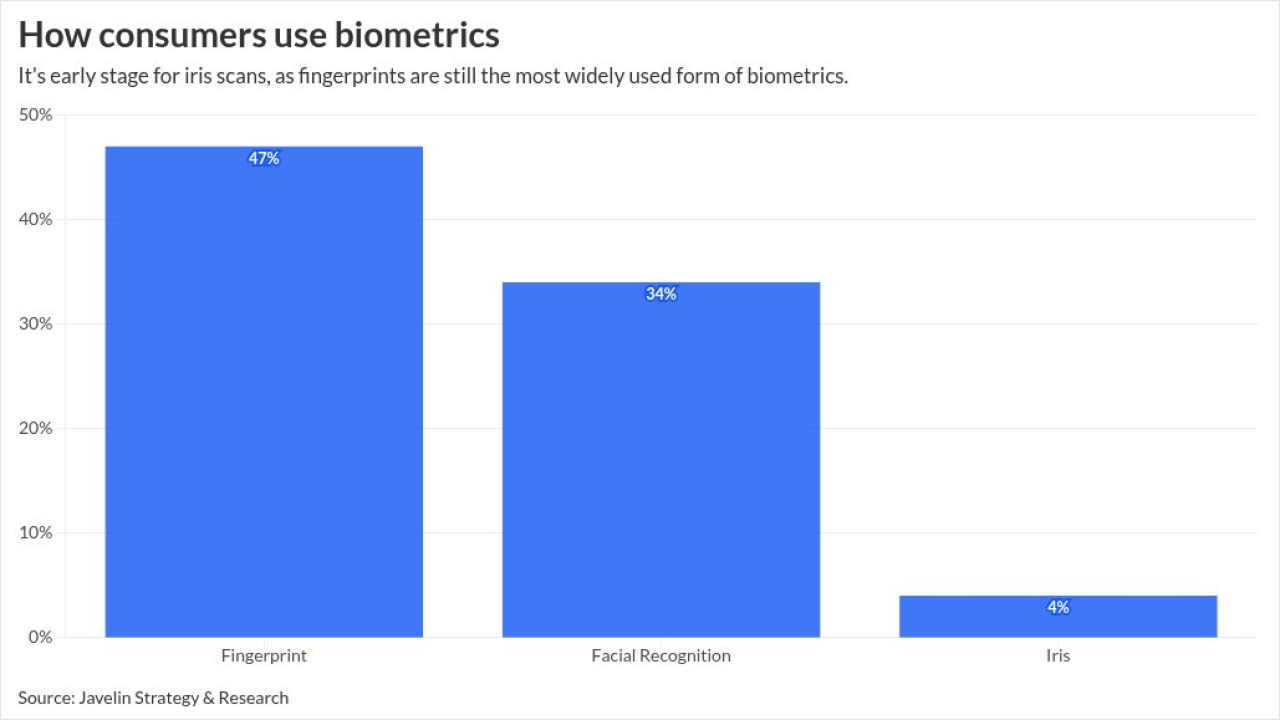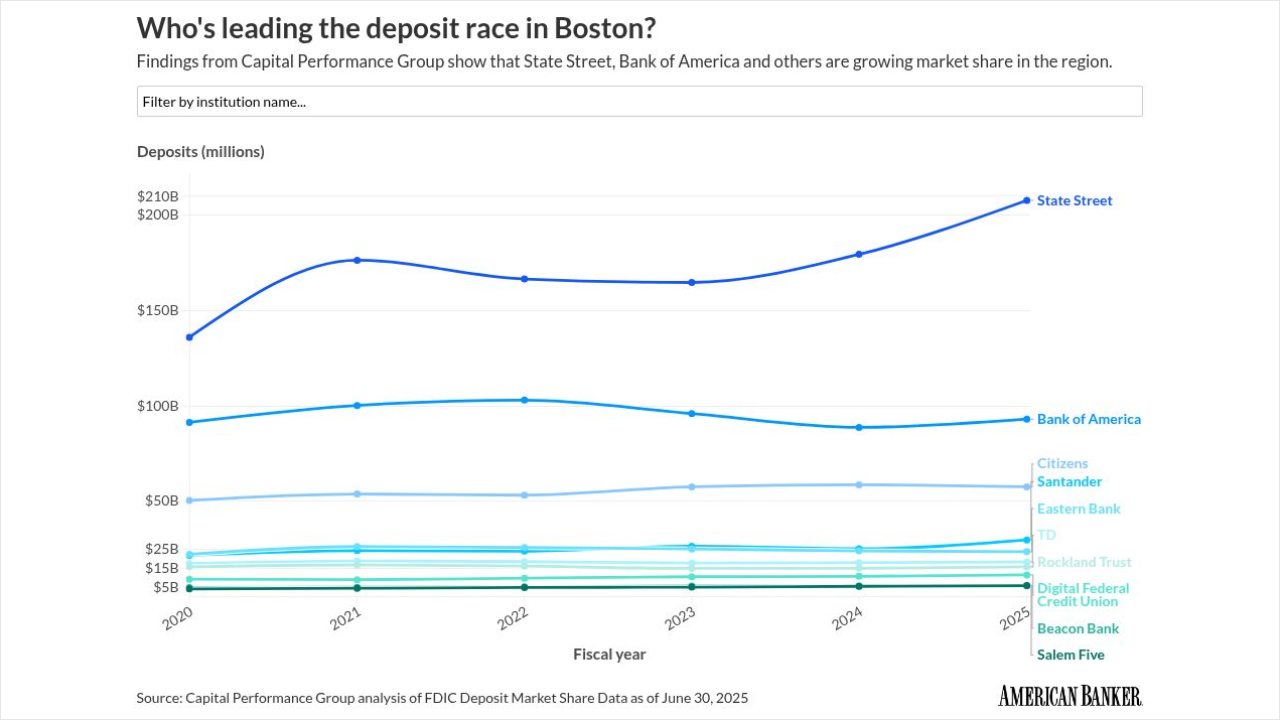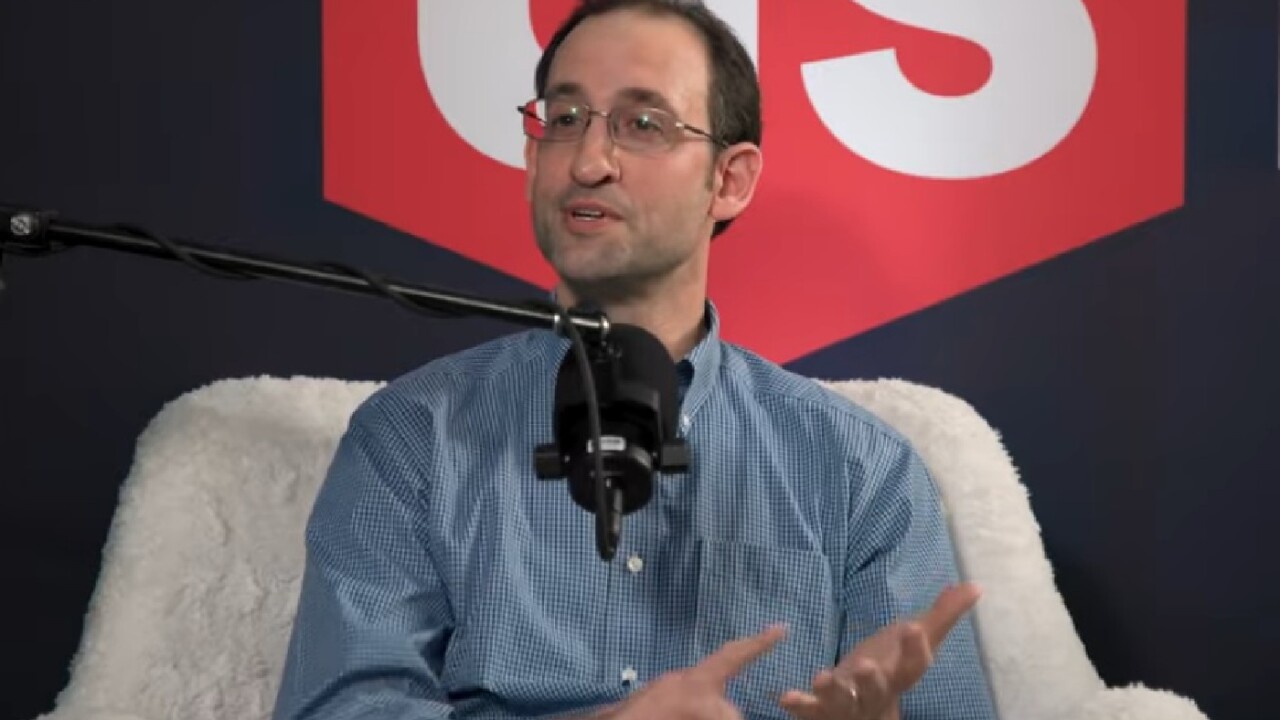For its first swing at IRA advertising, Bank of America is placing a $35 million bet that simplicity will soothe wary consumers who still find these retirement investment instruments overwhelmingly complex.
"IRAs don't have to be as difficult as you might think," says Jim Drury, a strategy executive for global wealth and investment management for Bank of America in Boston.
"The message of the campaign is that we can demystify it a bit." The bank is attempting this demystification via a series of minimalist ads that make use of subtle, gentle, humor that evokes the belief that BofA offers knowledgeable, trustworthy advice for consumers to plan their retirement.
There's some risk in the campaign's strategy. Hill, Holliday's understated creativity may be hard to notice in a landscape crowded with plain-vanilla retirement-planning ads. There's also not a lot of drill-down detail in the spots to explain why Bank of America's IRAs are better than other bank's IRAs. "It doesn't say why I should care about Bank of America's IRAs. There nothing persuasive about it," says Murray Hardie, a Minneapolis-based director of account planning for the ad agency Fallon McElligot, who examined a sample of the campaign's print spots.
But the underlying message — that BofA can play a role in making IRAs accessible and understandable for consumers — is unmistakably clear, and likely won't be lost on confused consumers seeking a safe place to incubate their nest eggs. "These ads are very simple. They convey very clearly the definition of an IRA," says Hardie. "A great number of people don't know what an IRA is, and the ads do a very good job of [explaining] that."
The campaign, running in a mix of general-interest and lifestyle publications as well as via online and television spots, runs through the second quarter. The spots are aimed at helping the bank draw attention to its retirement-planning services targeting the mass affluent, which the bank defines as those with assets of between $100,000 and $3 million.
"Even though these are people who have a certain level of affluence, that doesn't mean they are financially secure or have financial smarts," says Leslee Kiley, evp and group account director for Hill, Holliday in Boston. "These are hard-working, accomplished people that don't have the time or may not be wired in a way to take care of this themselves."
The ad agency, which has produced wealth-management and investment ads for BofA in the past, said focus-group research revealed a low amount of even rudimentary knowledge on IRAs. That became the campaign's central theme — a straight message that positioned the bank as a destination for worried investors with lots of questions and uncertainty about IRAs.
"It's a case where many people not only don't know the answers to questions, they don't even know what questions to ask. Most consumers really need help," Kiley says. "With that in mind, we came to the idea of how Bank of America would help people decode IRAs, and break them down into clear, digestible, solvable parts."
The spots make that point directly and without a lot of fanfare — sporting mostly basic red and blue fonts set against a white background, making use of Bank of America's corporate colors.
One ad asks: "To understand a Roth IRA, you need a Roth PhD. False? Or false?" Another spot queries what the "I" in "IRA" stands for — "Individual," "Indecipherable," or "I give up." That spot concludes by stating: "You don't have to plan retirement alone." An additional spot extols viewers to open a no-fee IRA today "online, offline or near the busline." On television, the letters "I," "R" and "A" scurry around the screen before settling together into "IRA." In each case, the ads provide details about the wide range of channels for more information, either electronically or at a branch. "We were succinct in our message," Drury says. "We have the product and consumers can deal with us however they want to deal with us."
(c) 2008





